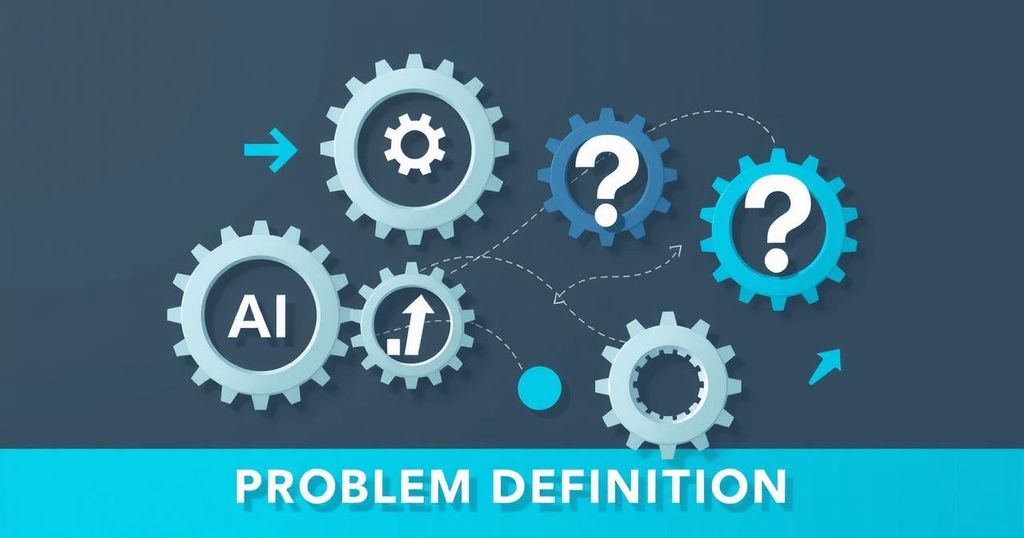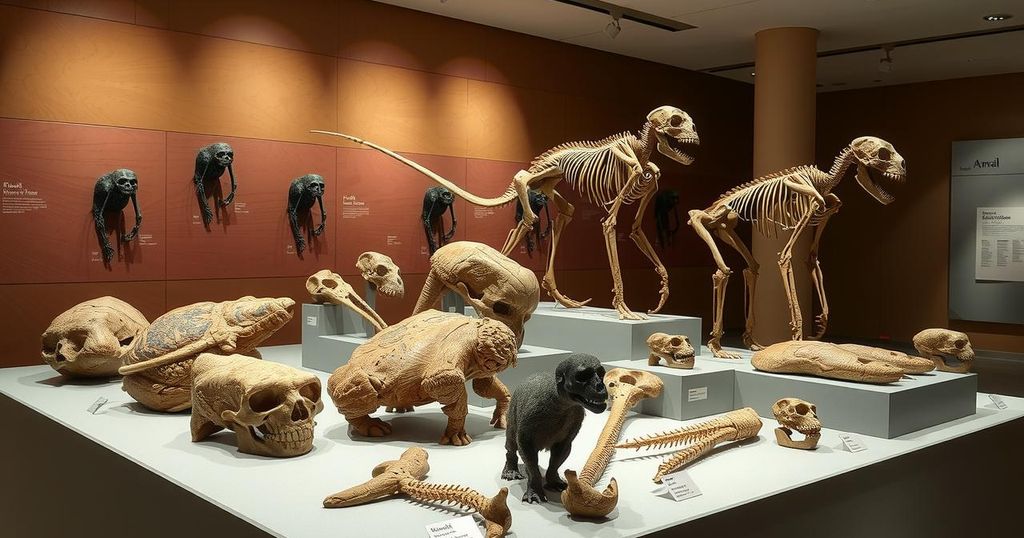The First Step in AI: Clarifying the Problem Definition
Defining the problem is the essential first step in the artificial intelligence journey. This phase sets the groundwork for selecting the right models and collecting the appropriate data. It involves identifying objectives, understanding context, and focusing on the core issue rather than symptoms. The clarity gained during this stage drives the success of future stages in machine learning.
Every great adventure in artificial intelligence begins with a crucial first step: defining the problem. This might seem simple enough, but it’s really pivotal—understanding the problem allows for better model selection later on. It’s about clarifying goals, determining what data we need, and figuring out the factors that will influence the models we choose. It’s the groundwork of AI, setting the stage for everything that follows.
And so we ask: Will we need supervised learning, unsupervised learning, or perhaps something a bit different? Understanding the type of learning approach required plays a major role in shaping both the path forward and the outcome. In fact, nailing down this definition is basically the first act in the grand performance that the machine learning cycle embodies.
Once we’ve tackled problem definition, we’ll move into data collection—another vital phase. What we learn here dictates what sort of data we need to gather to ensure our models are trained effectively. Every detail matters; the accuracy of our AI ultimately hinges on the quality and relevance of the data we collect.
So, what does the process of defining a problem look like? It’s really about a few key steps. Firstly, we pinpoint the objectives of the decision makers involved. Next, we dive into the context surrounding the problem; context is everything, after all. But beware – we should focus on the root problem and not just its symptoms. Then we determine our unit of analysis, identify key variables, and finally, articulate our research questions and objectives, ensuring we have clarity on all fronts. This systematic approach is illustrated clearly in the accompanying diagram.
Let’s wrap it up here, folks! Jumping into the world of AI without defining our problems well could lead to a messy outcome. Problem definition is, indeed, where the journey begins. If you want to stay in the loop for my next writeup, or if you just want to find out more, you can catch me on Twitter — @boutnaru. Or, check out my other articles on Medium, plus find some free eBooks on TheLearningJourneyEbooks.com. Until next time!
In summary, laying a strong foundation in the AI journey starts with a clear problem definition. This essential process shapes everything that comes after, guiding model selection and data collection down the line. By focusing on what really matters—objectives, context, and relevant variables—decision-makers can effectively pave the way for success. Remember, understanding the problem is the first step toward solving it. Don’t rush it!
Original Source: medium.com




Post Comment